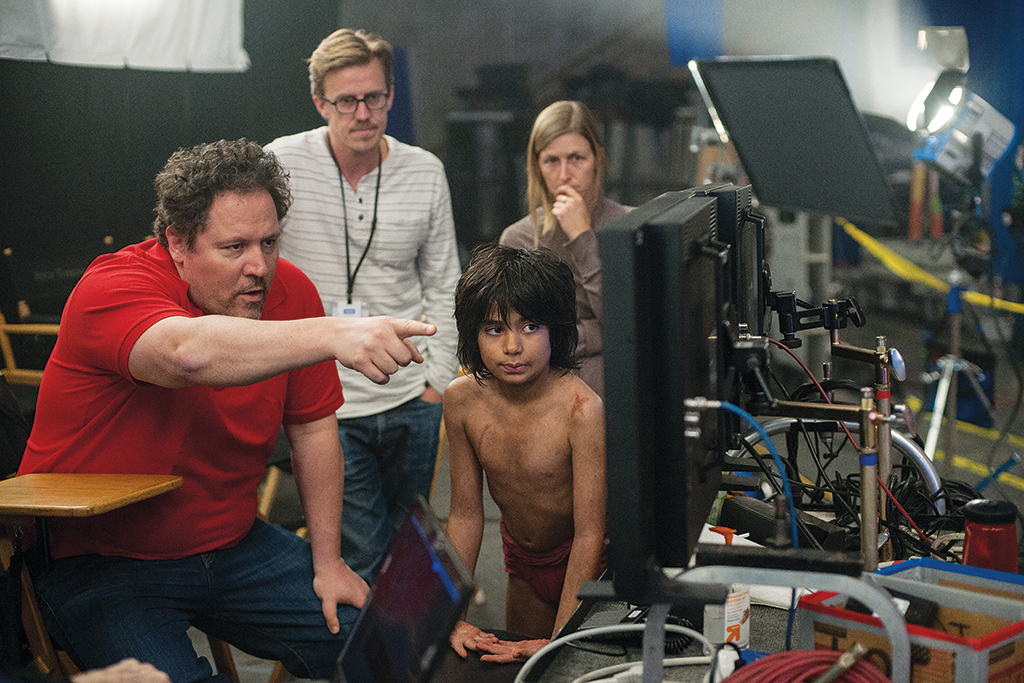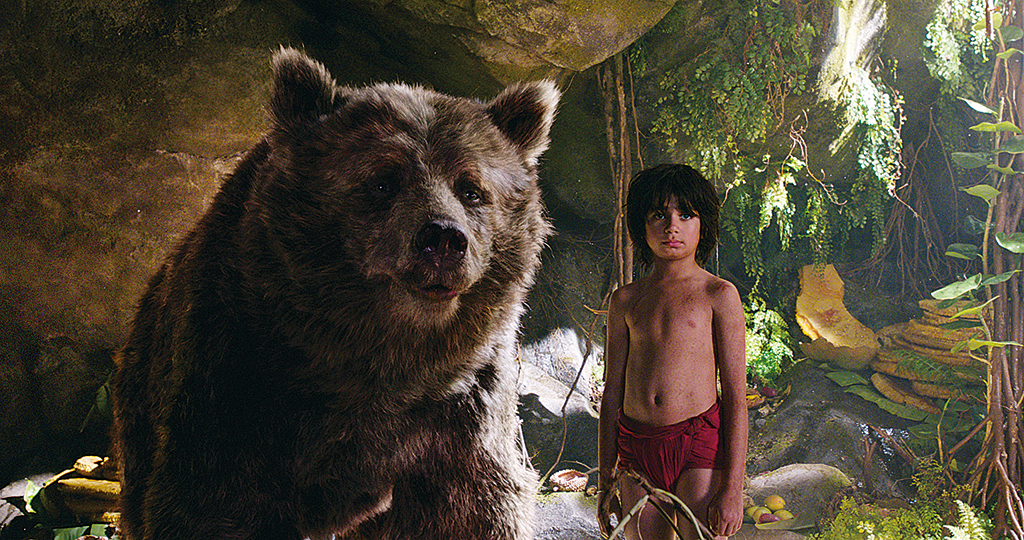By NAOMI GOLDMAN
By NAOMI GOLDMAN
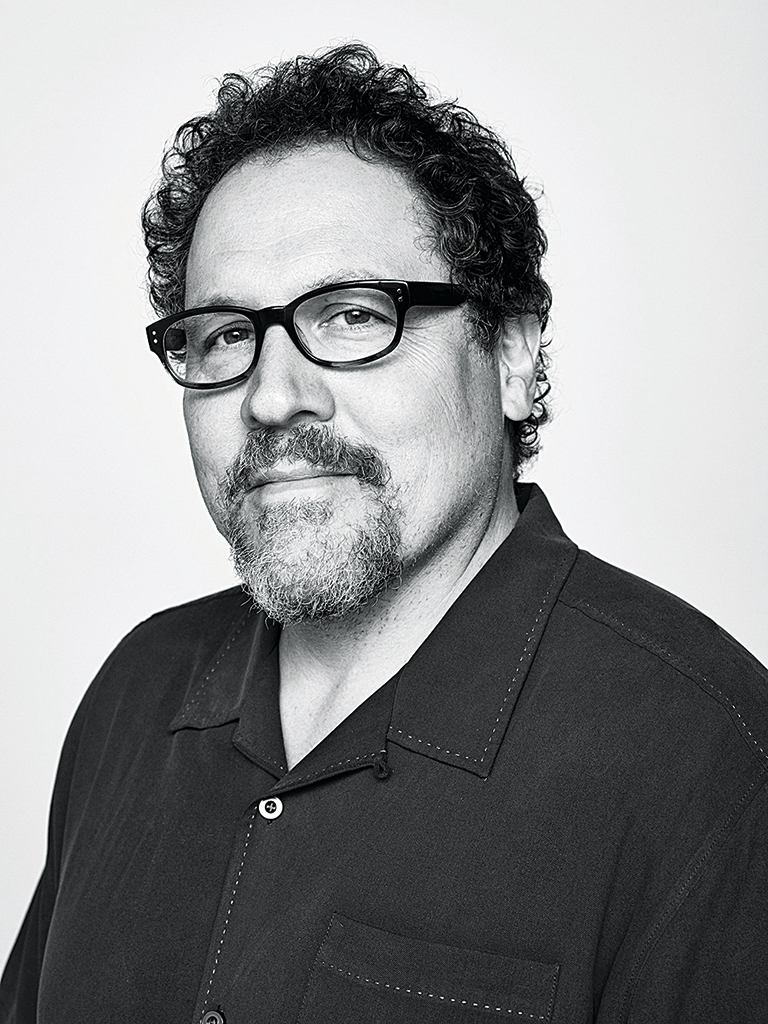
From usher to extra to actor to auteur, Jon Favreau is a true journeyman. He has created exceptionally humanistic stories through his vision, unique approach to storytelling and full embrace of emerging technology to enhance the movie-going experience. He has championed boundary-breaking use of visual effects to create a seamless and invisible background for remarkable stories and vibrant characters – from superheroes to beloved mythical creatures – to play across film and television. For his innovative work in digital filmmaking and significant contributions to the visual effects industry, Favreau will receive the VES Lifetime Achievement Award from its Board of Directors at the 16th Annual VES Awards next month.
Hot off the heels of directing The Jungle Book, the wildly successful and critically acclaimed live-action adaptation of the animated film, Favreau is currently directing the Disney live-action feature The Lion King. He is slated to direct The Second Jungle Book and will produce Avengers: Infinity War and its untitled sequel. Favreau’s filmography as a director includes Cowboys & Aliens, blockbuster hits Iron Man and Iron Man 2, Elf, Zathura and the Gnomes & Goblins VR experience.
He originally established himself as a writer of considerable talent – and a breakout actor – with the acclaimed comedy Swingers. Favreau has served as the creator, producer and host of the critically acclaimed and Emmy-nominated IFC series Dinner for Five, and has directed the pilots for Young Sheldon and The Orville.
Favreau’s creative vision has garnered him the Harold Lloyd Award for filmmaking from the Advanced Imaging Society and Virtual Reality Society, the Filmmaker Award from the Cinema Audio Society, and his engaging instant classic The Jungle Book earned five awards at last year’s Visual Effects Society Awards including the top honor for Best Photoreal Feature.
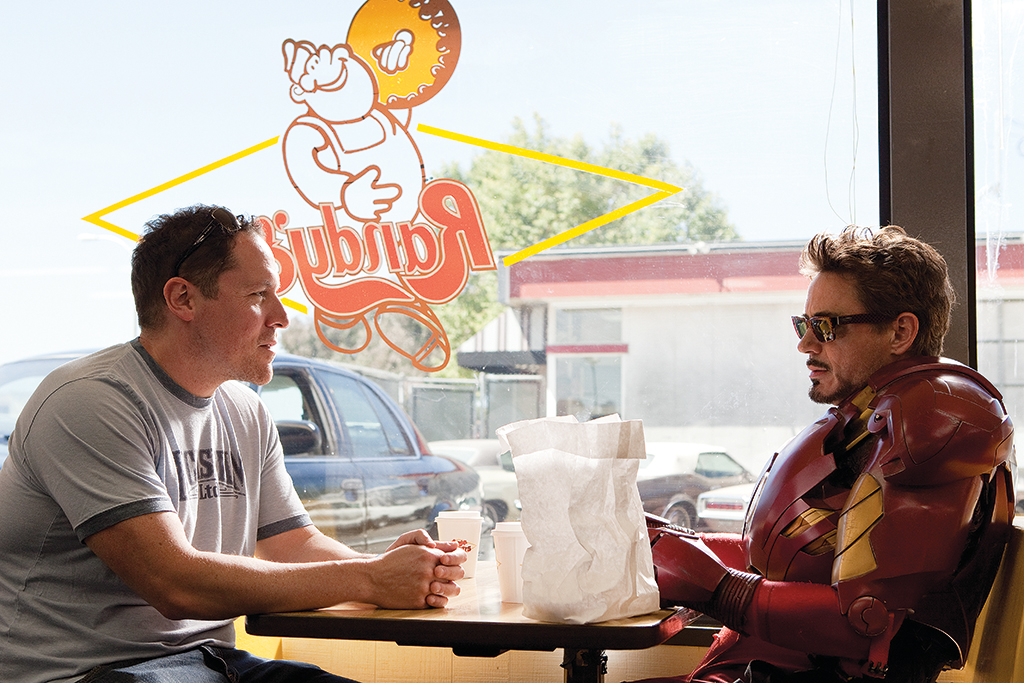
Favreau talks about a love affair with the cinema from an early age. “I was really inspired by Ray Harryhausen, Jason and the Argonauts and early monster movies. My grandmother had a black & white TV, and when his films popped up, I was glued to the screen. I was compelled at seeing the snakes in Medusa’s hair come to life or the skeletons in the ground rise… a spark of life in the technology. And I have cherished memories of going to see the revival of King Kong at the theater with my dad in New York – it was captivating and magical. Not just the imagery, but I was fascinated with how they did those things. Now it seems so easy to figure out, but back then I pored over the pages of Starlog magazine with a huge sense of curiosity.
“I’ve always loved the cool, hip films with a New York vibe done by Woody Allen and Martin Scorsese. And then the geeky stuff, sci-fi like Blade Runner and Mad Max. Back then most stuff was either geeky or cool – but those two were both. The dormant nerd was awakened within me.
“As I evolved as a filmmaker, I was always looking to understand how the directors achieved their artistic vision. As I moved towards the development of Gnomes & Goblins, I explored projects to help answer the question of how to create emotionally engaging experiences in VR – ones where you didn’t want to take the headset off.”
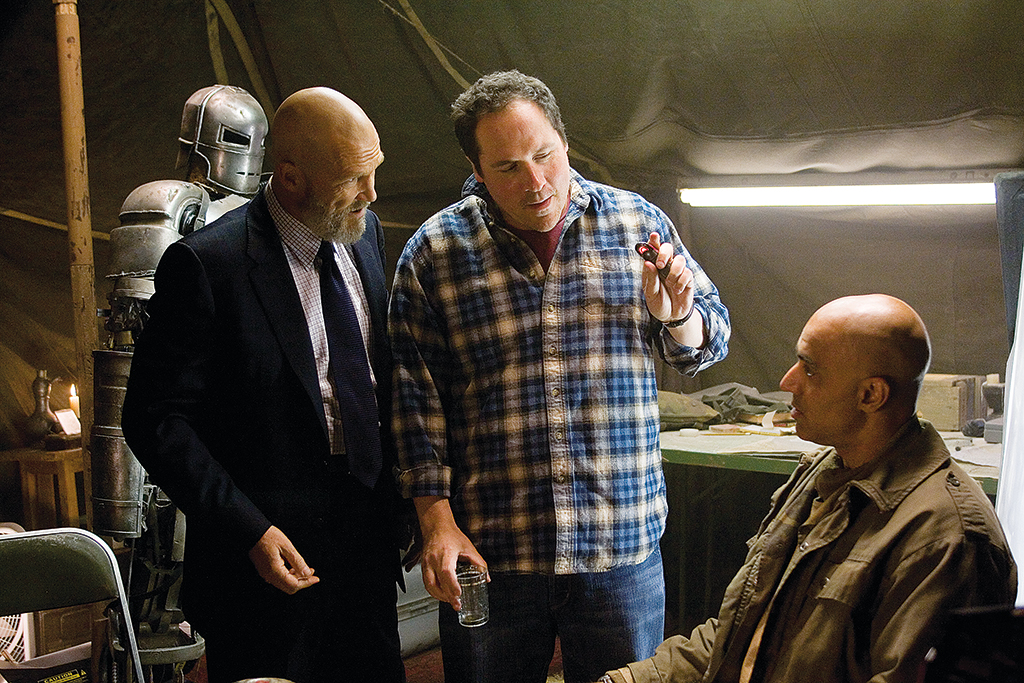
“I believe that the role of storyteller is to present a set of myths and legends and lessons to a new generation while offering a fresh and engaging vision.”
—Jon Favreau
Remakes or adaptations of original titles with strong connections are often judged by audiences against their memories – in addition to the work itself – and it takes a special kind of filmmaker to shepherd such emotionally rich projects.
Favreau is a student of Joseph Campbell and often refers to his work on the power and responsibility of myth as he has taken on back-to-back projects re-imagining classics. He views his role as storyteller akin to how elders of the tribe preserve and pass down information, often imbuing their personal references in the process to keep the stories alive.
“I believe that the role of storyteller is to present a set of myths and legends and lessons to a new generation while offering a fresh and engaging vision. In the case of Star Wars, all of the great visual effects took old myths and the hero’s journey and presented it in a way that made it exciting for me to see as kid. With these two films [The Jungle Book and The Lion King], we are trying to deliver experiences that are richer than anything we could do before… something where you could invite people to see something magical for the first time or revisit something that they’ve grown up loving, treated with a tremendous amount of affection and care.
“The approach is not binary anymore: old-fashioned movies where people are shooting film and using traditional techniques vs. new work using digital technology and CGI – and they feel like two different media. We are marrying traditional storytelling with new technology. When we harness technology well, you can feel the humanity and inspiration come through, and I believe it can bring about greater connectivity and empathy through our shared experience. I’m committed to preserving the culture and the history of cinema, and it’s important to me to keep traditions alive even while things are changing so rapidly and we aspire to take on new worlds.”
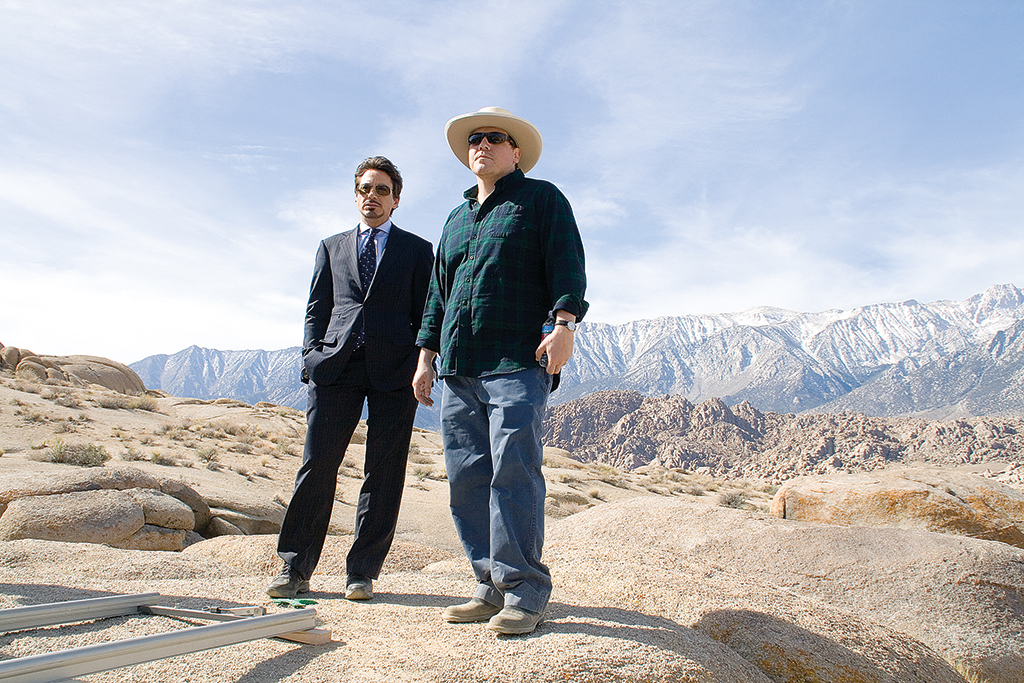
When it comes to technology and visual effects, Favreau speaks to a clear progression from his reticence in utilizing them at the outset, to his advocacy as a seasoned filmmaker who has pushed the boundaries of cinematic storytelling though his inventive use of new tools.
“Early in my career I was a bit of a Luddite regarding CGI and I stayed away from it. I thought the technology was drawing too much attention to itself and that it was often misapplied as a magical fix to problems.
“On Elf, at the beginning of the film, there were no digital effects at all. I used forced perspective and motion control and other techniques to achieve the shots I wanted. With Iron Man, I started to trust visual effects more, both the technology and the artists. Stan Winston built practical suits of the Iron Man armor, but we integrated CG into the process as it evolved. We always aimed to design shots where the effects lent themselves to the original story we were telling without taking you out of that experience. By the time I was working on The Jungle Book, I was immersed in using the tools at our disposal to tell a story in a way we just couldn’t have before.
“I also felt that that people made the mistake of attributing what they were seeing to the tools and not the artistry behind them. As I evolved and embraced the potential of the technology, I wanted to see the artists and animators get recognized for their skill, discipline and enormous talent that breathes life into those tools with the eye of a great painter. There are a lot of people working very hard to make sure you don’t see their work, which is counterintuitive, but it’s the nature of what we do. So I will continue to call attention to those visual effects artists, because they work really hard in service to telling the story.”
“The approach is not binary anymore: old-fashioned movies where people are shooting film and using traditional techniques vs. new work using digital technology and CGI – and they feel like two different media. We are marrying traditional storytelling with new technology.”
—Jon Favreau
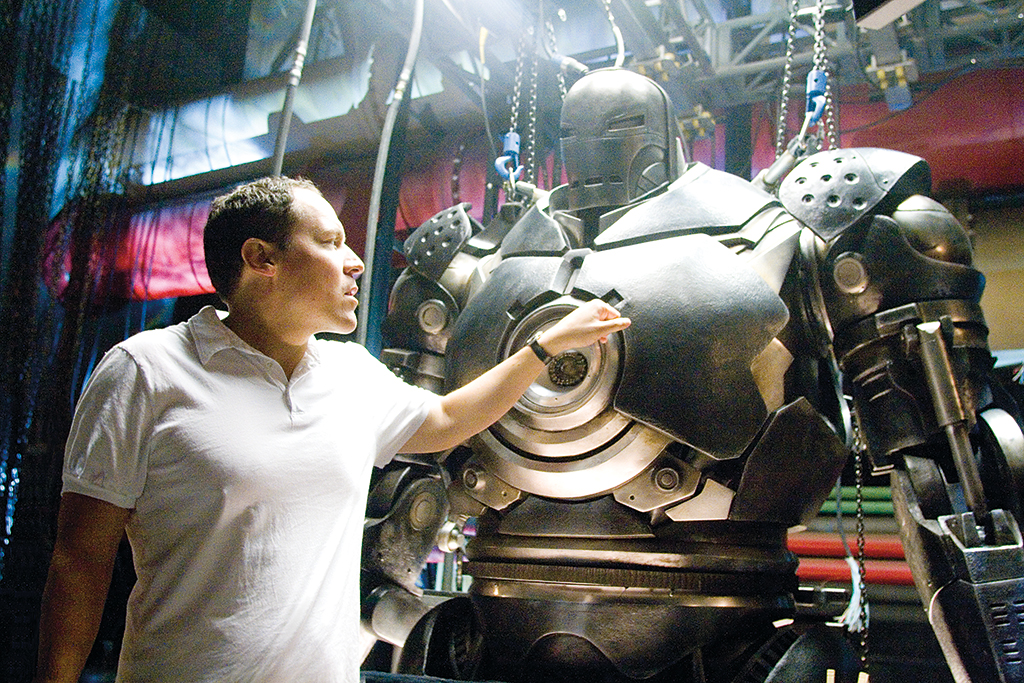
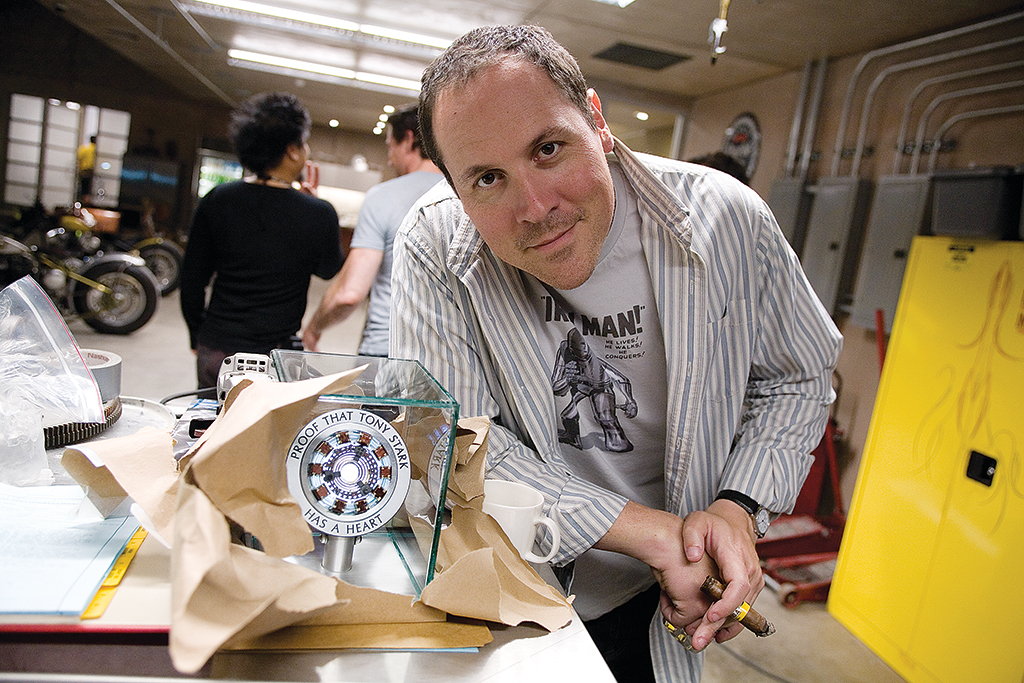
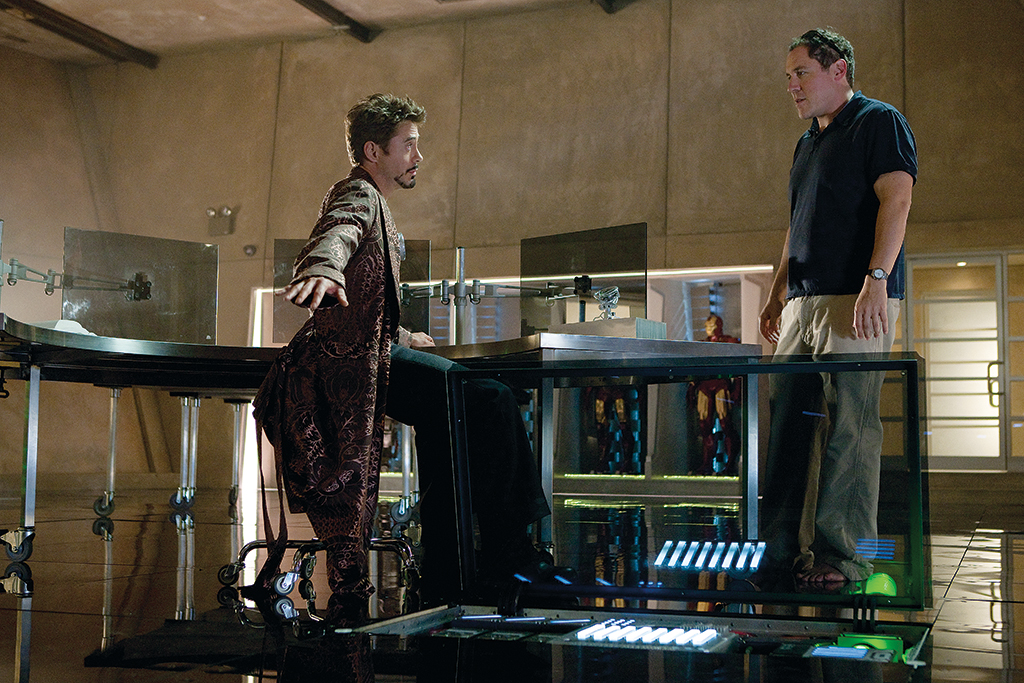
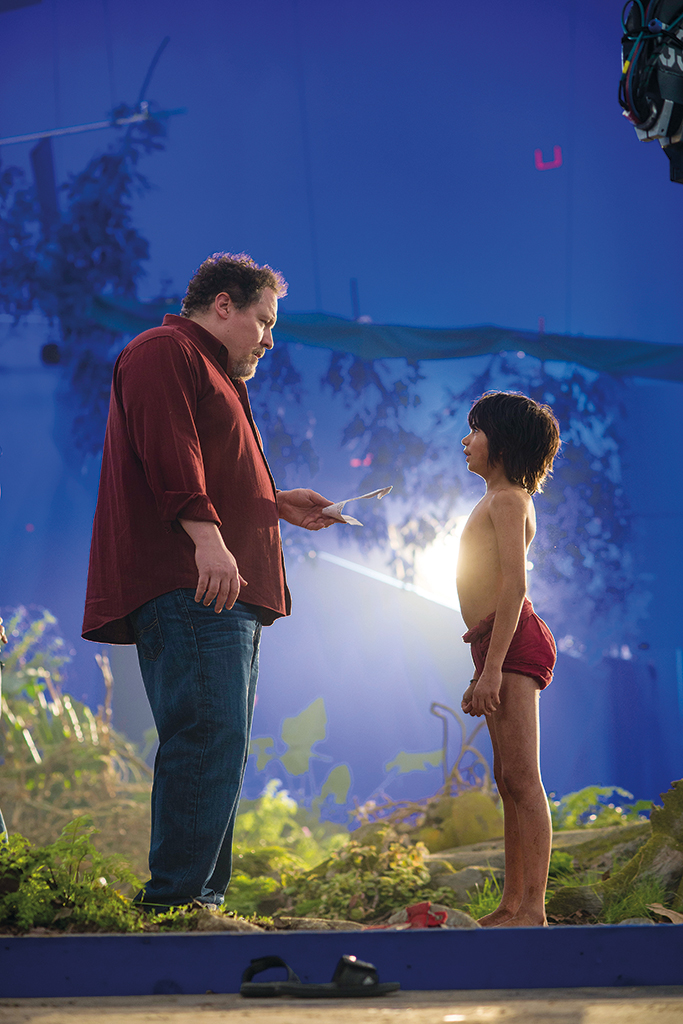
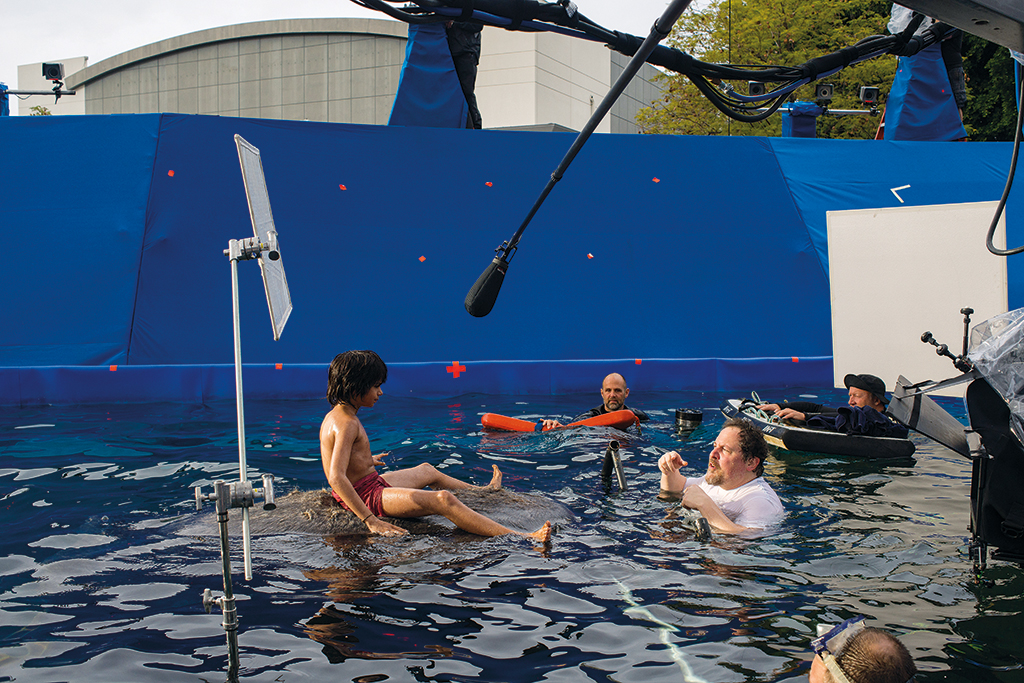
Favreau is in a unique position behind the camera and brings his considerable experience as an actor to his flourishing career as a writer, producer and director.
“I learned how to work by watching other filmmakers and being an actor over the years. So by the time I finally directed, I already had a lot of experience through the apprenticeship of being on other directors’ sets. It was a dream come true to be on Martin Scorsese’s set for The Wolf of Wall Street, just to watch him work after hearing so many people talk about what that was like. Most directors don’t have that luxury or the opportunities I had. And that camaraderie with other directors was instrumental to my learning curve. I was very supported by the generosity of other filmmakers like James Cameron.
“I love acting in large part for the chance to be on other directors’ sets because there is always something to learn, some nuance that might influence my approach to a project, or the dynamic interaction on set with the actors and crew. I get offered parts by filmmakers I admire, but directing makes it difficult at times. Last year, I was in Spider-Man: Homecoming, and in addition to being an executive producer on the next Avengers, I’m an actor in that. I’m ready for that kind of fun!”
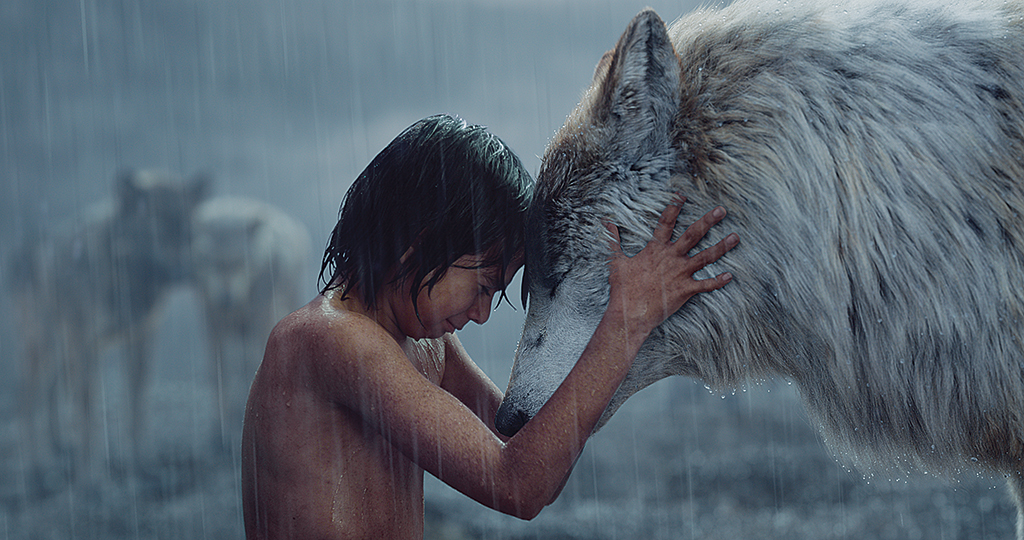
On his first job in the business, Favreau glowingly recalls his service as an usher at RKO Keith’s Theatre in Flushing, Queens, a landmark theater converted from an old vaudeville house built in the 1920s. “I was there when Return of the Jedi and Indiana Jones and the Temple of Doom were showing and got the chance to watch movies over and over. A dream job. “ When asked what career path he would have chosen if not the one he enjoys today, he confirms it probably wouldn’t be making cubano sandwiches from an El Jefe food truck like he did in Chef (though he does admit that visual effects ‘enhanced’ his wicked professional knife skills on display in the indie hit.)
“I would probably find a way to sneak back into the movie business in some capacity… I don’t think I could really stay away. Animation is really compelling and I would love to see if I have what it takes to be an animator. It’s such a magical discipline and something I wanted to do when I was very young, but there wasn’t a lot of opportunity at the time. I’m excited to see how audiences of all ages have embraced the resurgence of animation and the painstaking artistry that produces such enduring works of cinema.”
“By the time I finally directed, I already had a lot of experience through the apprenticeship of being on other directors’ sets. It was a dream come true to be on Martin Scorsese’s set for The Wolf of Wall Street, just to watch him work after hearing so many people talk about what that was like. Most directors don’t have that luxury or the opportunities I had. And that camaraderie with other directors was instrumental to my learning curve. I was very supported by the generosity of other filmmakers like James Cameron.”
—Jon Favreau
